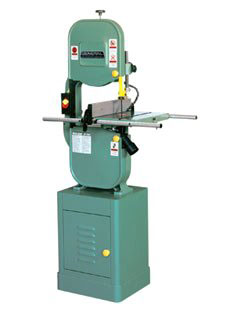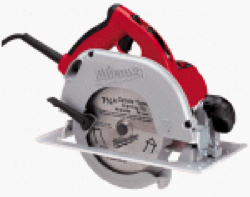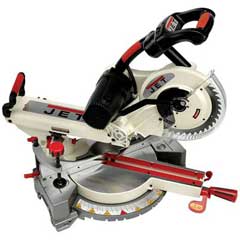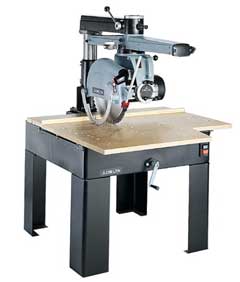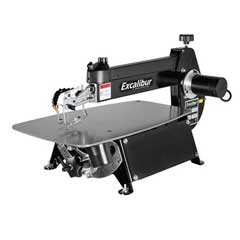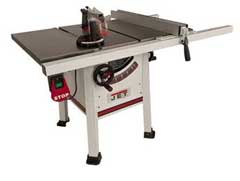
Selecting a Power Saw
|
What saw should I buy first? That is a question that comes up quite frequently in woodworking forums and discussion groups. My first comment is that it doesn't really matter, go for the best deal you can find, for the best model you can afford. Woodworking is a forgiving hobby, there is usually no right way or wrong way of accomplishing a task, there is usually a work around to get the job done with the tools at hand. This page is meant to give you a basic idea of the function of each type of saw, more info is available from the dedicated page for each of the saws linked under the graphic. Common Cuts Made on a Power SawCross Cuts Cross cuts can be made with a band saw with limitations, a circular saw, jig saw, miter saw, radial arm saw and a table saw. Best saws for the job are the radial arm and miter saws, a table saw with a sled is an alternative. Miter Cuts Miter cuts can be made a band saw, circular saw with jig, miter saw, radial arm saw and a table saw. Best saw for the job would be the miter saw, followed by either a radial arm or table saw with suitable attachments. Rip Cuts Rip cuts can be made on a band saw, circular saw, radial arm or table saw. Best saw for job is the table saw, followed by the band saw with limitations. Dados and Rabbets Dados and rabbets can be cut on a radial arm saw or a table saw. Best saw for job is a toss up, radial arm saw is great for narrow boards as you can see what you are doing, longer cuts are better on a table saw. The work can be pushed through a radial arm saw in the rip position but is not a generally prefered method. Dados and rabbets can also be made with a router and straight bit. Curved Work Thicker material is best cut on a band saw, thinner material with small radius curves is best done on a scroll saw. A jig saw will substitute for a band saw for most jobs. Inside Cuts There are times when a section has to be cut out of the inside of a board or panel. Generally a hole is drilled to allow the saw blade to pass through and a jig saw or scroll saw is used to make the cut.
|
